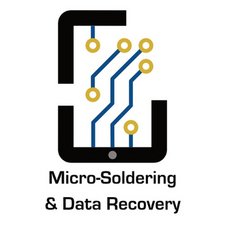iPhone 6 Plus iTunes error 9
Hi guys,
This question has being asked here but I can’t find a proper solution and I am willing to try the repair by myself.
There are a lot of problems and solutions related to error 9 when trying to restore the mobile firmware via iTunes. In most of the cases the problem is related to a hardware fault, which requires professional hardware repair.
I have an iPhone 6 Plus that had a screen replacement a couple of months ago. After a while the phone started to go into a boot loop with the screen showing the apple logo for few seconds and restarting again after that. When connecting to iTunes the software requires the firmware restore which causes the error 9.
I have checked the main board with a microscope and I don’t have any long screw damage (mostly caused by misplacing the screws that fix the screen connectors’ shield to the main board). I have tried with the original screen again and with a different battery and the problem persists.
By chance, while checking the main board I have found that if I bend the motherboard a little bit by making some pressure in the middle of the SIM card holder, the mobile is able to restore and boot.
Surely I have a hardware issue which is probably caused by some broken connection. In my opinion it can either be some PCB tracks that connect the NAND flash or some broken soldering points under the memory. Because the flash is on the other side of the board below the SIM holder and error 9 is mainly related with the flash, I think this could be the problem.
What do you guys think it could be? I think this problem has been solved by many people but there is some information that is omitted. Also because such repair job requires a lot of micro soldering skills and repair knowledge. I have also found that some repair jobs require the CPU to be drilled to connect two pads from the CPU to the NAND flash again (i2c wires?!?).
Should I try to reball the NAND flash by taking it out and soldering it back again? Or is this behavior mostly related to those tracks that are broken and somehow by bending the board they connect again?
Is there other way to check the hardware before starting any repairing procedure? Like checking the i2c lines with an oscilloscope or checking some known voltage values outside the flash to see if the pads/solders are broken?
I can do NAND reballing but I can’t do the drilling thing because I don’t have skills neither tools for that.
What do you guys think?
Reball?
Voltage checking?
i2c Signal analysis?
Boarding bending forever? :)
Thank you for your reading.
この質問は役に立ちましたか?

 4
4  2
2 
 806
806
1件のコメント
@refectio Ideas?
[deleted] さんによる